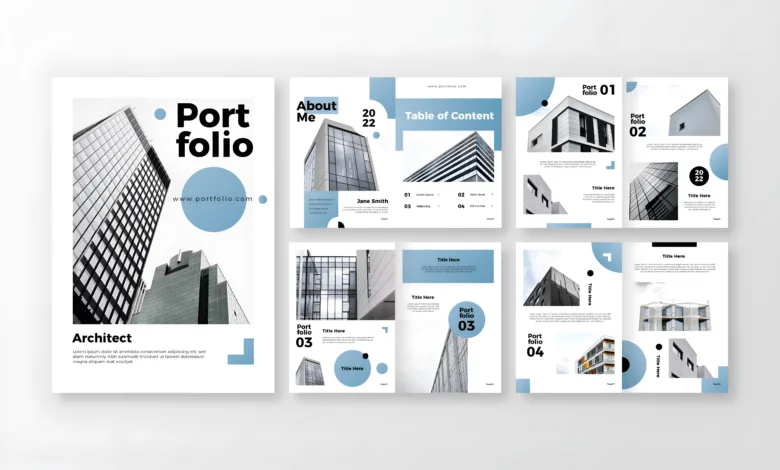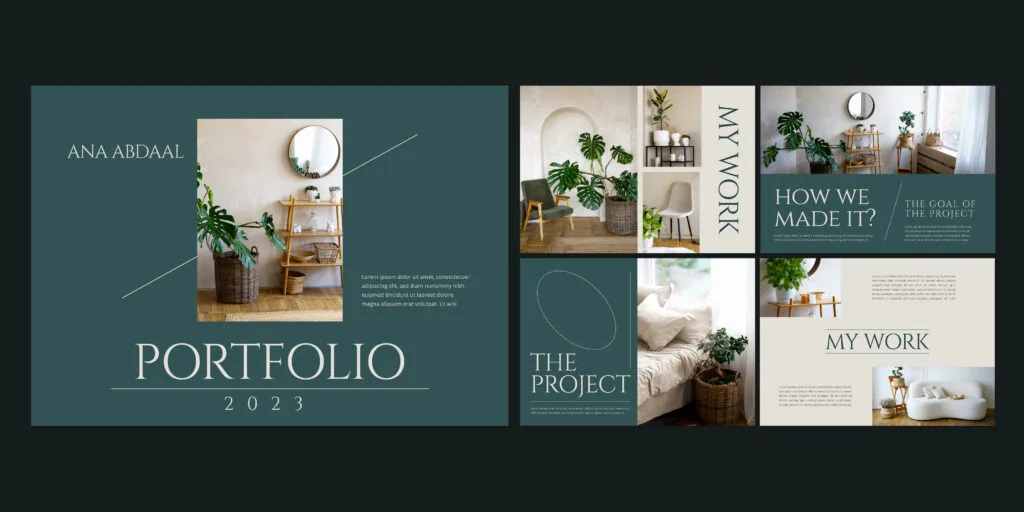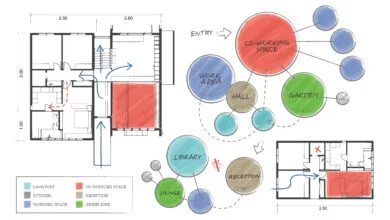How to Make an Architecture Portfolio for University Easily

How to make an architecture portfolio for university is one of the most important steps for aspiring architects looking to secure admission into competitive programs. A well-designed portfolio shows off your design skills, creativity, and strategic thinking, setting you apart from other applicants. Schools want to see a clear process behind your designs, a strong set of project drawings, and an understanding of architectural concept design.
For students aiming to get into top institutions, it’s essential to understand what makes a portfolio stand out. If you’re looking at different schools, check out these top schools for architecture in Massachusetts for some programs. Now, let’s break down how to craft a compelling architecture portfolio.
What’s the Purpose of an Architecture Portfolio?
An architecture portfolio isn’t just a bunch of drawings; it’s a visual story of your design journey. Schools look at these portfolios to get a sense of your potential, creativity, and how well you can communicate your ideas. It should show how you solve design problems, your artistic style, and your technical skills.
Many institutions value diverse design projects that show both conceptual and technical development. A strong portfolio can be produced by including final presentations, digital models, and freehand sketches. This way, evaluators will see a much broader representation of what you can do.
What Should Your Portfolio Include?
A well-balanced combination of technical drawings, hand-drawn sketches, digital renderings, and written descriptions makes up an impactful portfolio. Each project should have a narrative that demonstrates your creative development and thought process.
Essential Elements
- Concept Sketches: Your initial design ideas that show your creative thinking.
- Technical Drawings: Floor plans, elevations, and sections demonstrating technical understanding.
- 3D Renders: Visualizations that bring your designs to life.
- Project Narratives: Short descriptions explaining each project.
- Personal Work: Any artwork that expresses your artistic vision, such as paintings, sculptures, or photographs.
If you’re looking for project ideas, check out these architecture projects that can help strengthen your portfolio. Understanding how to create an architecture portfolio for college applications ensures that your submission is polished and effective.
How to Make an Architecture Portfolio for University?
A well-organized portfolio is easy to follow and presents your work clearly. Schools prefer portfolios that are structured and visually engaging over disorganized or confusing ones. How to make an architecture portfolio for university requires careful planning to ensure your projects flow well together.
1. Digital vs. Printed Portfolio
While most submissions are online now and have increased the use of digital portfolios, printed copies can still be helpful for in-person interviews. If you go digital, make sure it’s a high-quality PDF format with a well-structured layout. Look at some examples of successful portfolios on Behance to guide you in creating a strong one.
2. Length of a Portfolio
Length is extremely important for a powerful yet concise portfolio. Keeping your portfolio between 10 to 20 pages is generally advised. Focus on showcasing your best pieces- quality over quantity.
3. Balancing Quality and Clarity
Admissions officers often have limited time to review portfolios, so avoid cramming too much on one page. Instead, make good use of white space to give your work room to breathe. Stick to clean, professional design layouts, and make sure you check each university’s submission requirements.

Design Tips for an Impressive Architecture Portfolio
How your portfolio looks can influence how your work is perceived. Here are some design tips to keep in mind:
- Go Minimalist: Keep it simple to avoid distractions.
- Be Consistent: Use the same fonts, margins, and spacing throughout.
- Organize Your Work: You can arrange projects either by themes or chronologically.
- Keep It Clear: Let your visuals do the talking instead of overloading with text.
- Stick to Page Limits: Follow the guidelines provided by the universities.
Check out these top schools for architecture in France to understand what top institutions expect from applicants. Selecting the best architecture portfolio designs helps create an excellent submission that stands out to admissions committees.
Final Tips for Your Portfolio Submission
After you’ve put your portfolio together, take the time to refine it. A polished submission can really make a difference. How to make an architecture portfolio for university also means paying attention to the finer details that play a major role in contributing to the overall presentation of your work. Here are some strategies to follow:
- Check Submission Requirements: Pay attention to each school’s specific guidelines.
- Save as a PDF: Make sure your digital portfolio is a PDF, and the file size is manageable.
- Proofread: Go through your project descriptions for any grammatical errors.
- Get Feedback: Ask mentors or friends for their thoughts before finalizing your work.
Conclusion
How to make an architecture portfolio for university requires thought, creativity, and attention to detail. A solid portfolio not only showcases your best work but also reflects your design thinking. By planning well, structuring your projects logically, and focusing on quality, you’ll be in a great position to impress admissions committees. Take your time with it to really show off your potential in architecture.
Source: USC School of Architecture



